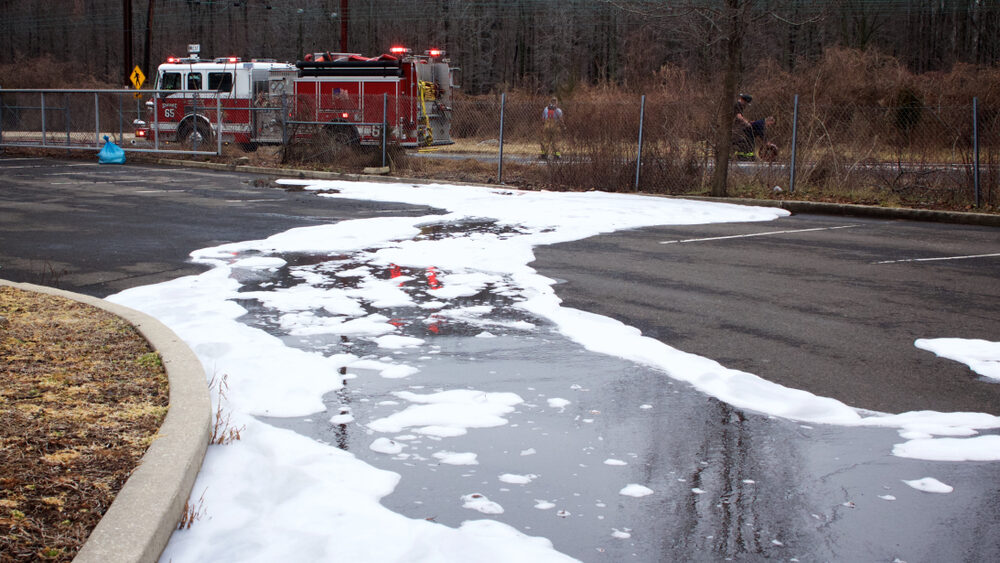New FDSA Bulletins Highlight AFFF Container Capacities and FAA’s Shift Toward Safer Firefighting Foams
- October 11, 2023
- 8:00 am


Iain Hoey
Share this content
The latest Fire Dept Service Announcement (FDSA) bulletins have highlighted the standardised amounts of Aqueous Film Forming Foam (AFFF) delivery systems and the Federal Aviation Administration’s (FAA) latest guidelines allowing dual agent use.
Airports will be using AFFF and F3 foams as they convert fully to F3s.
Bulletin #79 provided clarity on AFFF container capacities:
- 5 Gallon Pails are standardized to hold 5 gallons of AFFF.
- Fire apparatuses are equipped with 30 gallons.
- Foam trailers, vital for rapid responses, carry 500 gallons.
- Specialized ARFFs (Aircraft Rescue and Firefighting vehicles) contain 600 to 1,500 gallons based on their class.
- Aircraft hangars are prepped with a massive 1,200 gallons of AFFF.
Bulletin #80 highlighted the different foam tank cell sizes for ARFF delivery systems, with capacities ranging from 100 gallons for Class 1 ARFFs to between 3,000 and 4,000 gallons for Class 5 ARFFs.
Significantly, five years ago the International Association of Fire Fighters (IAFF) had announced back in September 2018 the move toward fluorine-free foams at airport fire departments would be occurring soon.
The FAA, following up on that sentiment, issued a new Cert 139 on firefighting foam in September 2023, which announced one PFAS-free product on the new Qualified Products List (QPL).
Despite these advancements, the current Cert 139 stipulates that dual-agent use will persist at airports, posing ongoing risks of PFAS water contamination in nearby communities.
Highlighting the urgency of this matter, the Department of Defense recently decreed the cessation of fluorinated AFFF procurement containing PFAS concentrations over one part per billion after October 1, 2023.
Contrastingly, US fire departments remain unregulated in their use of AFFF and can change to F3 foams at any time.
These bulletins underscore the ongoing endeavours to balance effective fire suppression with the paramount need for environmental conservation.



